Dragon Age: The Veilguard is laser-focused on being as approachable as possible. The combat is action-oriented and flashy. The linear level design (and overall structure) has much more in common with Sony’s God of War Ragnarok than with fan-favorite entry Dragon Age: Origins. Roleplaying choices are also simplified, with a dialogue wheel that similarly follows in the footsteps of another PlayStation blockbuster, Horizon Zero Dawn.
I tend to prefer things a little less streamlined, so I’ve bumped against some of these design decisions. But there is one brilliant move I would love to see other developers steal outright. I’m talking about quest recaps.
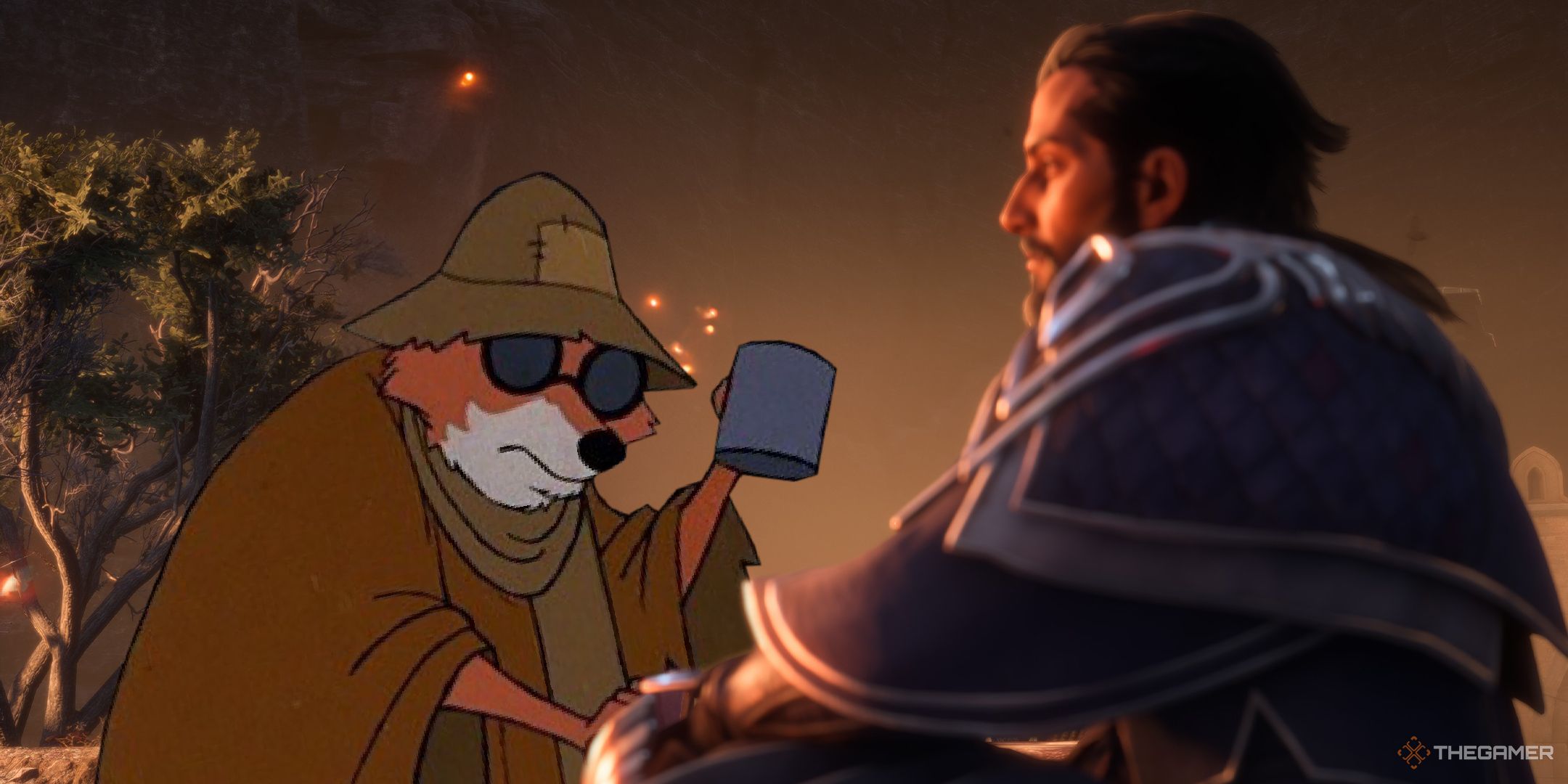
Related
I Am Begging Dragon Age: The Veilguard To Let Me Roleplay
I keep trying to roleplay in Dragon Age: The Veilguard, but my Rook feels the same as everyone else’s.
In Summary, This Is A Great Idea
Whenever you finish a mission in Dragon Age: The Veilguard, you’re presented with a brief text summary of what you just did, the obstacles you faced, and what it will (hopefully) accomplish in your quest against the gods. So, for example, after finishing a quest called The Smuggled Relic Case, I got a six-sentence rundown that effectively summarized all the crucial information about the quest (I’ve included a screenshot below if you want to see the slightly spoiler-y specifics). The summary reminded me a) who gave us the tip that started the quest, b) which of your companions played an important role, c) what you accomplished during the quest, d) what the stakes were, e) the complication that made it interesting, f) the negative consequences, g) and how the companion who played a key role in the quest felt about those negative consequences.
Mild Spoilers, But Here’s The Recap
That’s a lot of information and, if you’ve ever read a plot summary of a game with an emphasis on story, you know how arbitrary plot points can sound out of context. Often characters are pursuing MacGuffins that advance the plot, but which don’t have much importance outside of setting up your goal for a level. The Veilguard solves that problem by including an authorial voice through these summaries, one that can highlight why the things you’re doing matter to the greater story, to your character, and to your companions.
Recaps Are Catching Me Up On Dragon Age Lore
This has been particularly helpful for me as someone who has only intermittently played the Dragon Age games. While The Veilguard is approachable in many ways, it is still the fourth game in a narratively dense series. Characters I don’t recognize show up, factions I don’t know are mentioned, and lore ideas I don’t understand play critical roles in the story. The summaries are helping me keep my head on straight as I attempt to wade through these waters.
The Veilguard helps you understand the role you’re playing in the story in smaller ways, too. When one of your decisions results in an outcome, the game highlights it at the moment of payoff. It’s like the butterfly that appears onscreen in Life is Strange — the cue that your action will have consequences — but in reverse. Instead of gesturing at uncertain consequences down the road, it points back to the specific action that caused this particular consequence.
These are cool ideas, and I’m eager to see other story-focused games include similar mechanics. Unlike movies, we often play games over long periods of time, which can make it difficult to keep all the details of the story fresh in our heads. Games have attempted to solve this problem in the past — think Pokemon Fire Red and Leaf Green‘s recaps which greeted you each time you booted up the game — but BioWare has hit on some smart innovations here. For all of us who can’t quite remember who that guy is, The Veilguard is a potential game-changer.
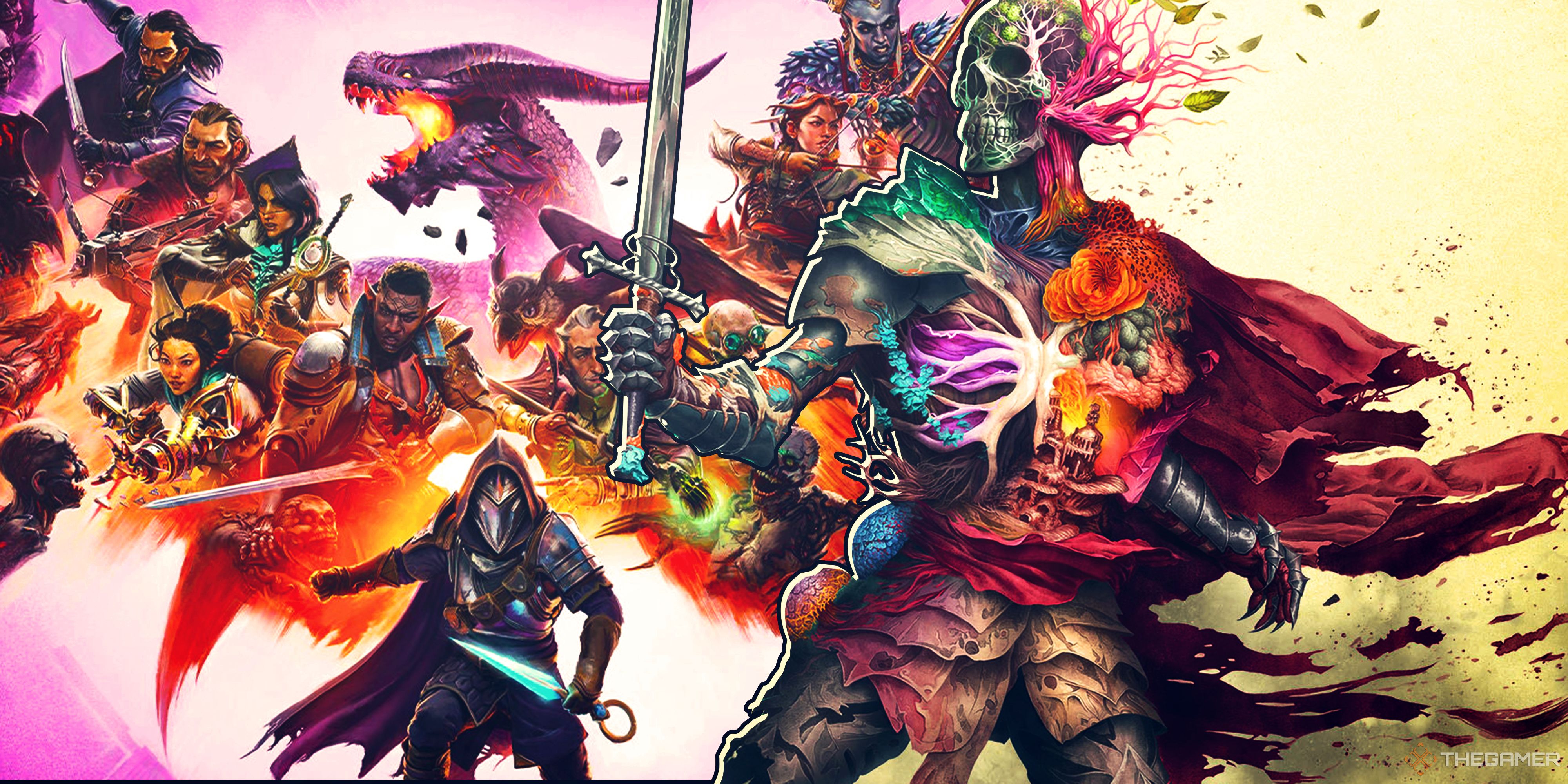
Next
Dragon Age: The Veilguard Just Makes Me Want To Play Avowed
The new Dragon Age has me longing for the deeper roleplaying choices we saw in Baldur’s Gate 3.
Source link
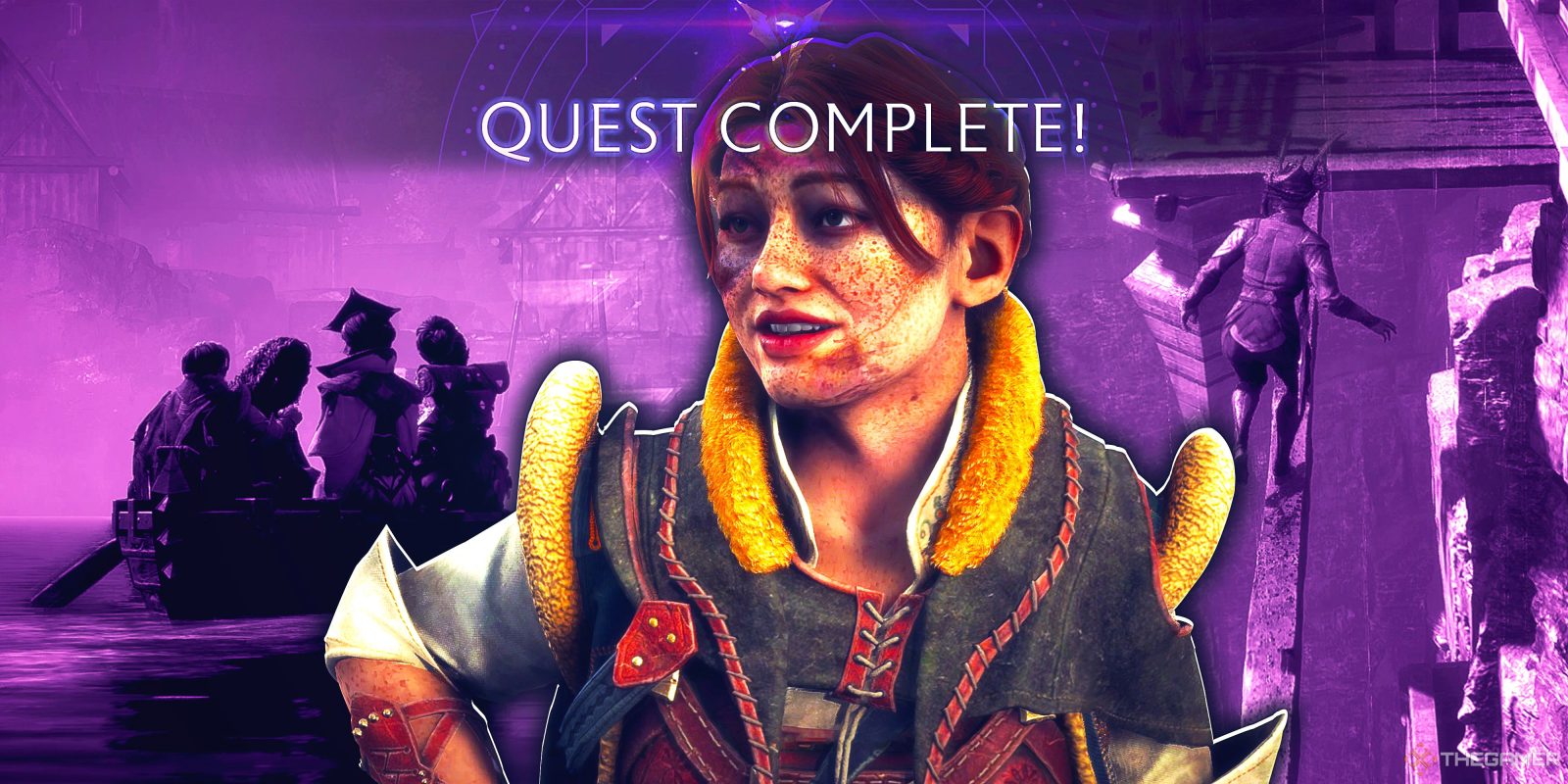
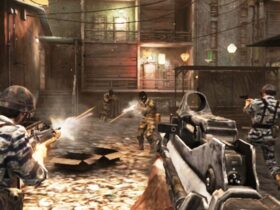
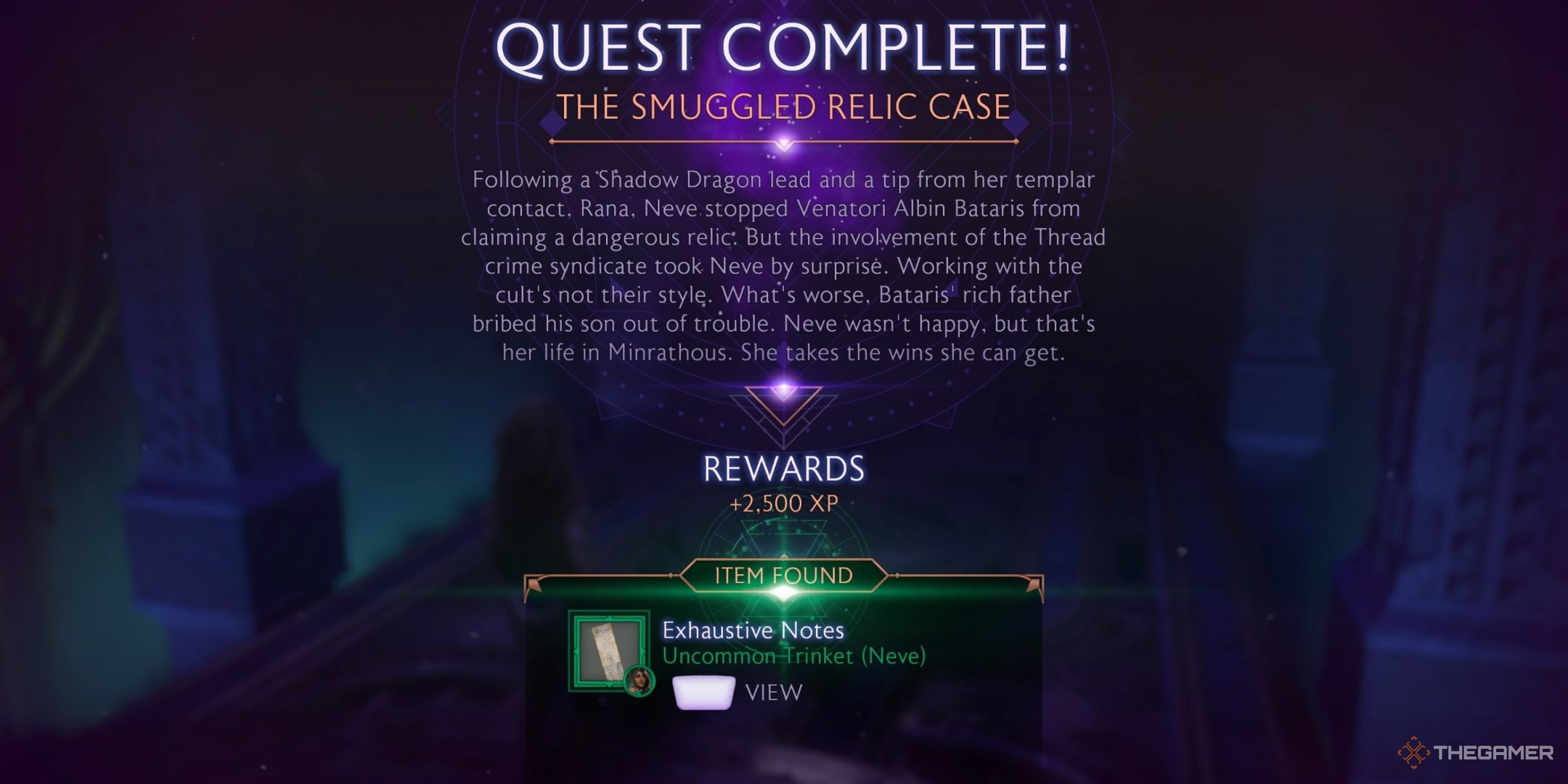
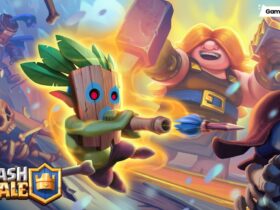








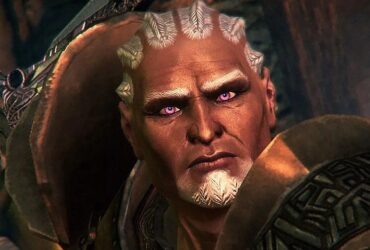
Leave a Reply